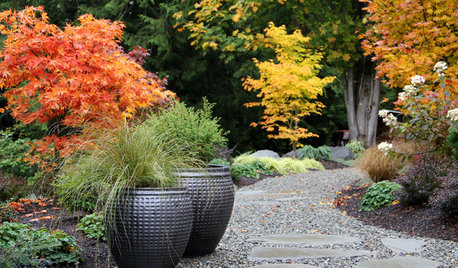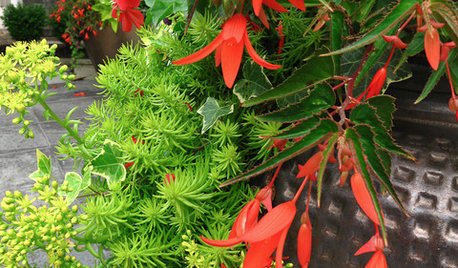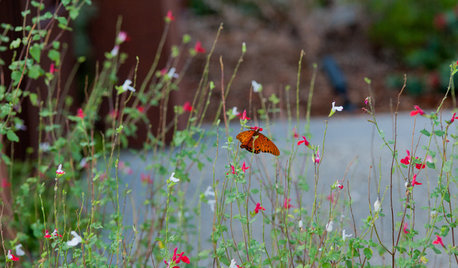Close trees in containers
Related Stories

TREESHow to Use Trees Inside
Bring nature close by integrating the beauty of trunks and trees — even smaller leafy trees — into your home
Full Story
FARM YOUR YARDHow to Grow Vegetables in Containers
Get glorious vegetables and fruits on your patio with a pro’s guidance — including his personal recipe for potting mix
Full Story
CONTAINER GARDENS7 Deer-Resistant Flowers for Your Summer Containers
Grow these as protection for edibles or just for their colorful beauty — deer might not like them, but everyone else will
Full Story
CONTAINER GARDENS9 Tips for Creating an Artful Container Garden
Make your potted plantings a beautiful sight with these ideas for container types, plant groupings and more
Full Story
GARDENING GUIDESSuperstar Annuals for Containers and Baskets
High performing, low maintenance and all-around gorgeous, these container plants go the distance while you sit back and relax
Full Story
FALL GARDENING5 Fall Fruits You Can Grow in Containers
Brighten your porch or patio with a potted pomegranate, kumquat, blueberry bush or another great fall fruit
Full Story
CONTAINER GARDENSContainer Garden Basics: How and When to Water Potted Plants
Confused about soil moisture, the best time to water and what watering device to use? This guide can help
Full Story
GARDENING GUIDES10 Dazzling Winter Container Designs
Get inspired by these ideas for festive arrangements in outdoor pots and planters
Full Story
FARM YOUR YARD10 Easy Edibles to Grow in Containers
These herbs, vegetables and fruits are just as happy in a pot as they are in the ground
Full Story
EARTH DAYCreate a Container Wildlife Habitat for Hummingbirds and Butterflies
Don’t let limited space prevent you from welcoming wildlife into your garden
Full Story







Cliff Pruitt
ysrgrathe PA 6b
Related Professionals
Fitchburg Landscape Architects & Landscape Designers · Tomball Landscape Architects & Landscape Designers · Gainesville Landscape Contractors · Middletown Landscape Contractors · Berkeley Heights Landscape Contractors · Golden Landscape Contractors · Lake Worth Landscape Contractors · Mastic Beach Landscape Contractors · New Cassel Landscape Contractors · Palatine Landscape Contractors · Fair Oaks Fence Contractors · Galveston Fence Contractors · Lauderhill Fence Contractors · Palmetto Bay Fence Contractors · Sammamish Fence Contractorstapla (mid-Michigan, USDA z5b-6a)
Julie (Montreal, Qc Canadian Zone 3-5a) HébertOriginal Author
tapla (mid-Michigan, USDA z5b-6a)
Julie (Montreal, Qc Canadian Zone 3-5a) HébertOriginal Author